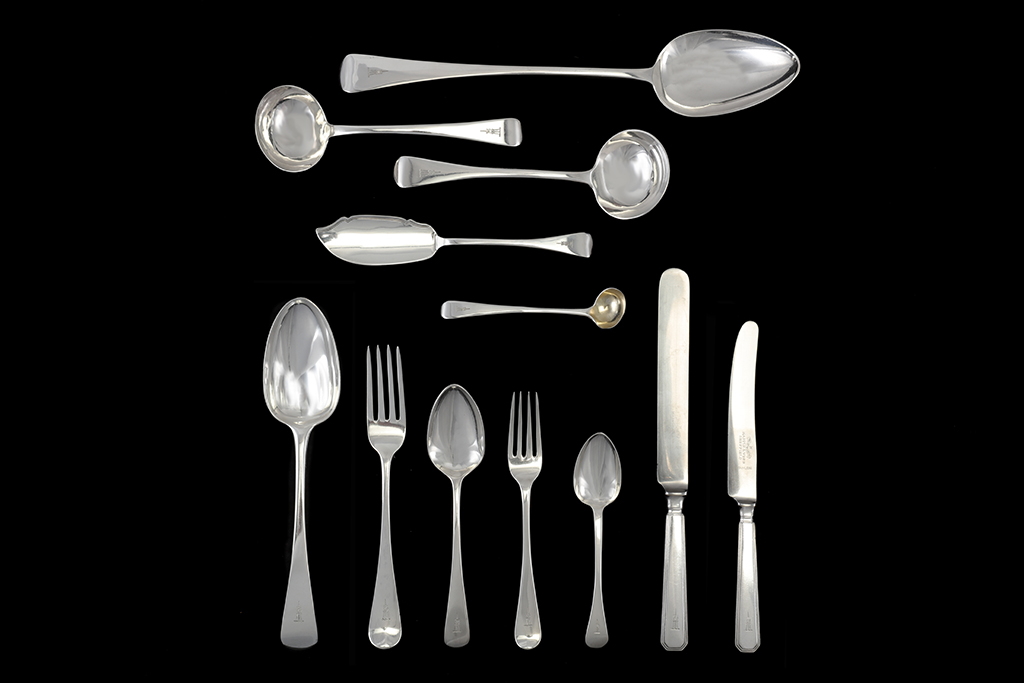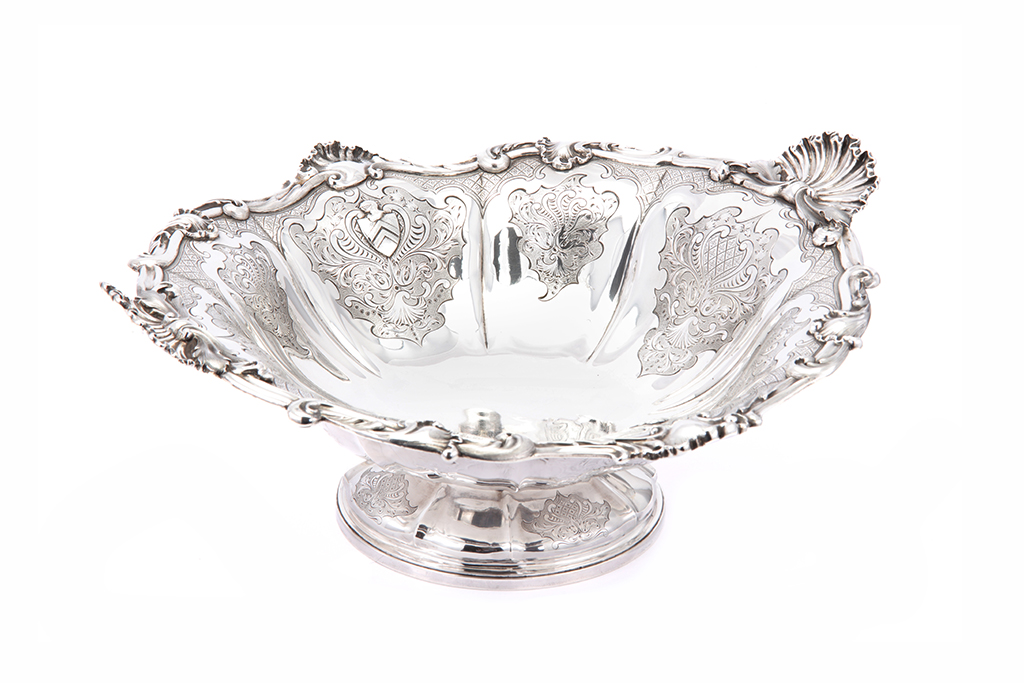
Scottish items set to go under the hammer in London
A number of items of Scottish provenance are coming up for sale at the Chiswick Auctions Arms & Armour sale next week.
Taking place on Monday, January 28, this will feature group of items dating from World War I, related to Captain Sir Edward Austin Stewart-Richardson of The Black Watch.
Born in 24 July 1872 in Scotland, son of Sir James Thomas Stewart-Richardson of Pitfour, 14th Baronet and Harriett Georgina Alice Cochrane, he joined the 3rd Battalion as a 2nd Lieutenant in 1890 and was promoted to Lieutenant in 1892.
He became the 15th Baronet in 1895, was made Instructor of Musketry in May 1898, then was promoted to Captain in February 1900.
Stewart-Richardson was attached to the 2nd Queensland Mounted Infantry during the Second Anglo-Boer War and received the Queen’s South Africa medal with five clasps. He was extra Aide-de-Camp to the Governor of Queensland from 1899-1900 and 1901-1902.
In 1904, he married Constance Stewart-Richardson (born Meckenzie, 1883–1932), the younger sister of the Countess of Cromarty, niece of the Duke of Sutherland and a famous dancer (author of ‘Dancing, Beauty and Games’). They spent their honeymoon hunting lions in Somalia. They lived in Pitfour Castle in Perthshire and had two children.
Captain Sir Edward Austin Stewart-Richardson died on 28 November 1914 from wounds received on 27 October in action at Ypres. This explains why the cigarettes and tobacco were never opened.
The group of items is estimated to fetch £500-£800 at auction, but may well go much higher.
Another item from the same family but from an earlier generation, is a silver canteen bearing the Stewart family crest, which is estimated to fetch £800-£1,200 in the upcoming Silver & Objects of Vertu sale at Chiswick Auctions on Tuesday 5 March, 2019. The canteen was commissioned by the Stewart family – Richardson Baronets of Pitfour Castle, Perth, the 13th Baronet Sir John Stewart-Richardson (1797-1881) adopted the additional name of Stewart on inheritance of his grandfather, James Stewart’s, Urrard estate.
This Old English pattern – a George III – William IV sterling silver harlequin canteen/table service of flatware, London 1788-1835, had various makers. Each was later engraved with a crest of dexter hand holding a dagger erect.

The Stewart canteen
It comprises:
Twelve table forks (five London 1810 by Thomas Baxter, one London 1828 by Messer Lias; Nine table spoons (two London 1796 by Peter & Ann ateman, one London 1793 by Richard Crossley); Twelve dessert forks (six London 1829 by William Eaton, Five London 1835 by Mary Chawner); Twelve dessert spoons – (one London 1788 by George Smith, one London 1800 by Hannah Northcote; Twelve teaspoons (five London 1814 by Thomas Streetin, six London 1824 by William Johnson); Two sauce ladles (one London 1797 by William Eley & William Fearn, the other 1816 by Soloman Hougham); A butter knife, London 1823 by Clement Cheese; A mustard spoon, London 1802 by Richard Crossley; A basting spoon, London 1825 by William Seaman.
It will also include twelve table knives and twelve starter/dessert knives with stainless steel blades and silver-plated handles, crested the same.
An important silver centrepiece from a notable Scottish family by the most important Royal silversmith Paul Storr (1770-1844), will also be offered in the above Silver & Objects of Vertu sale at Chiswick Auctions on Tuesday 5th March, 2019. It is stamped ‘Storr & Mortimer’ and bears the arms of Maclellan, Baron Kircudbright of Galloway, Scotland.
The notable Scottish family were the Maclellans, ancient sheriffs of Galloway and Barons of Bombie. The Maclellans were ancient sheriffs of Galloway and Barons of Bombie. On the 25th May, 1633, Sir Robert Maclellan was created the first Baron Kirkcudbright Camden-Gray Maclellan, 10th and last Lord Kirkcudbright

The Paul Storr Bowl
Camden-Gray’s brother; Sholto Henry Maclellan, 9th Baron Kirkcudbright (1771-1827) was caricatured by the popular caricaturist of the time James Gillray in ‘Lordly Elevation’ (6 Jan. 1802).
“Playing upon a long tradition that associated mirror gazing with vanity, Gillray shows the thirty-year-old dwarfish hunchback, Sholto Henry Maclellan, standing before a dressing table with a draped mirror more often seen in portraits of women. He is applauding himself for having been “elevated” to the rank of Baron Kirkcudbright upon the death of his father two weeks earlier on December 24th, 1801.”
The family’s ancestral home was MacLellan Castle. Built in the late 16th century for the MacLellan’s Castle, in Galloway until sold in 1752, by which time it was a ruin, in state ownership since 1912.
Chiswick Auctions is based at 1 Colville Road, London, W3 8BL.
Click HERE for more details.
TAGS

